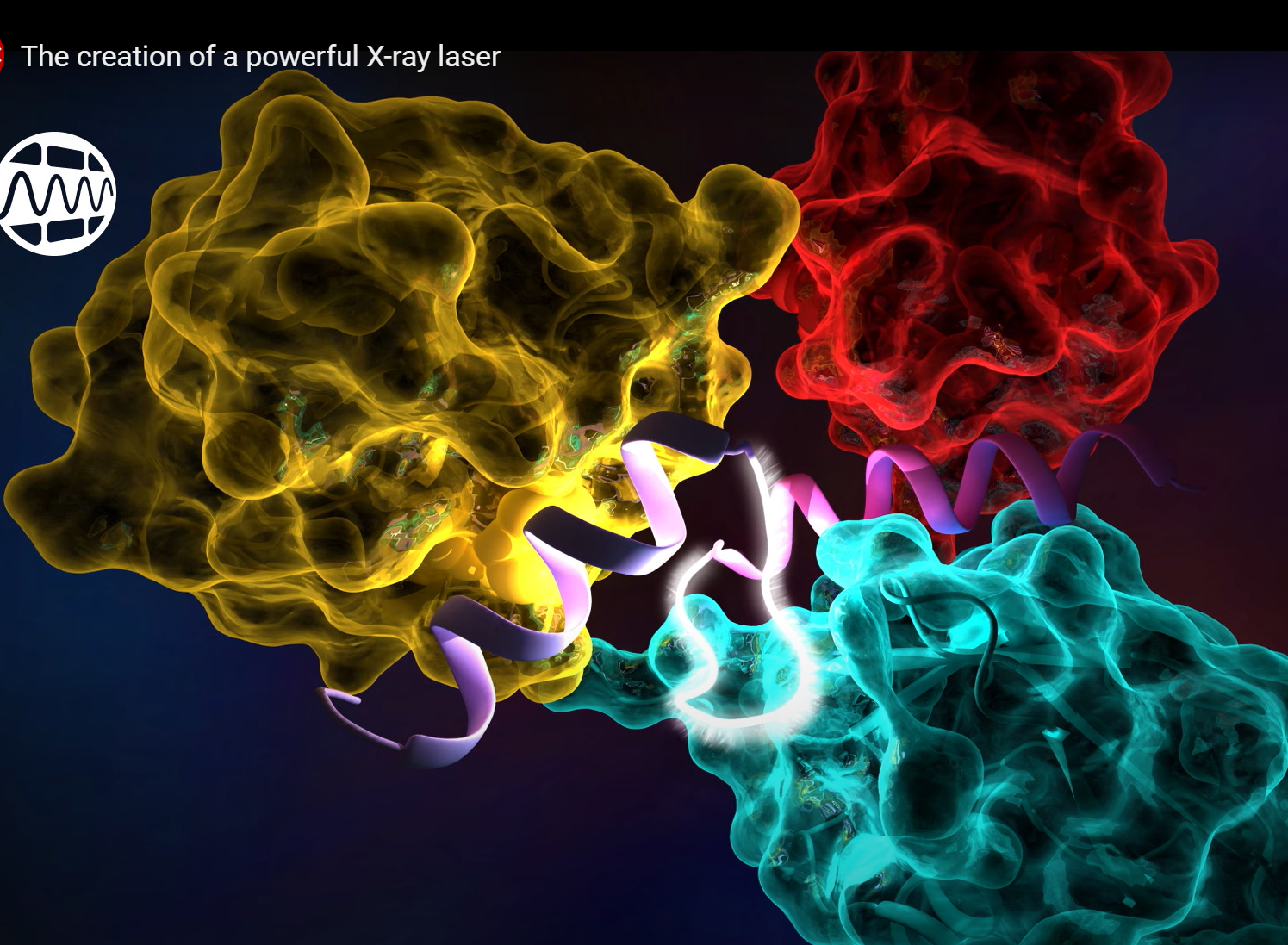
SLAC’s X-Ray Superconducting Accelerator: Your Top FAQs Answered
SLAC’s X-Ray FAQ :
Q: What is laser beam machining?
A: Laser beam machining is a manufacturing process that uses a high-powered laser beam to remove material from a work-piece. The laser beam is focused onto the work-piece, creating a high-energy density spot that can melt, vaporize, or remove material.
Q: Isobars have the same number of what?
A: Isobars have the same number of protons in their atomic nuclei.
Q: Cathode rays are what?
A: Cathode rays are streams of electrons emitted from a cathode (a negatively charged electrode) in a vacuum tube.
Q: Magnetic quantum number specifies what?
A: The magnetic quantum number specifies the orientation of an electron in a magnetic field.
Q: X-ray production is associated with what?
A: X-ray production is associated with the acceleration of charged particles, such as electrons.
Q: Wavelength associated with electron motion is what?
A: The wavelength associated with electron motion is known as the de Broglie wavelength, which is inversely proportional to the momentum of the electron.
Q: The mass of an electron is approximately what?
A: The mass of an electron is approximately 9.10938215 × 10^-31 kilograms.
Q: The experiment which resulted in the discovery of the nucleus is what?
A: The experiment that resulted in the discovery of the nucleus was performed by Ernest Rutherford and is known as the gold foil experiment.
Q: Wavelength of infrared rays is what?
A: The wavelength of infrared rays ranges from about 700 nanometers to 1 millimeter.
Q: Discovery of cathode rays is attributed to who?
A: The discovery of cathode rays is attributed to German physicist Wilhelm Conrad Röntgen.
Q: Which is not electromagnetic radiation?
A: The answer is (D) Alpha particles. Alpha particles are high-energy helium nuclei that are emitted from the nucleus of an atom during certain types of radioactive decay. They are not electromagnetic radiation, but rather a type of ionizing radiation.
Q: A force of magnitude 15 N acting on a body of mass 3 kg increases its kinetic energy from 150 J to 225 J. The displacement of the body during this interval is what?
A: The displacement of the body can be calculated using the formula ΔK = F · Δx, where ΔK is the change in kinetic energy, F is the force, and Δx is the displacement. Rearranging this formula, we get Δx = ΔK / F. Plugging in the given values, we get Δx = (225 J – 150 J) / 15 N = 150 J / 15 N = 10 meters.
Q: A beam of cathode rays is subjected to what?
A: A beam of cathode rays is subjected to electric and magnetic fields.
Q: Bending of waves around an obstacle is what?
A: Bending of waves around an obstacle is known as diffraction.
Q: Phosphorescent materials are what?
A: Phosphorescent materials are substances that absorb light and then emit it back out over a longer period of time.
Q: Cathode rays have the same charge-to-mass ratio as what?
A: Cathode rays have the same charge-to-mass ratio as electrons.
Q: Which of the following is correct for a 4d electron?
A: The correct statement for a 4d electron is: It has a larger radius than a 3d electron.
Q: The electrical discharge through gases could be observed only at what?
A: The electrical discharge through gases could be observed only at low pressure.
Q: Wavelength equation is what?
A: The wavelength equation is λ = h / p, where λ is the wavelength, h is Planck’s constant, and p is the momentum of the particle.
Q: According to Bohr’s theory, the angular momentum of an electron in the 4th orbit is what?
A: According to Bohr’s theory, the angular momentum of an electron in the 4